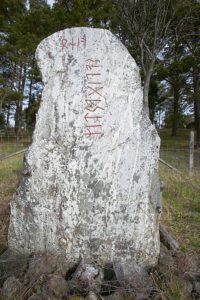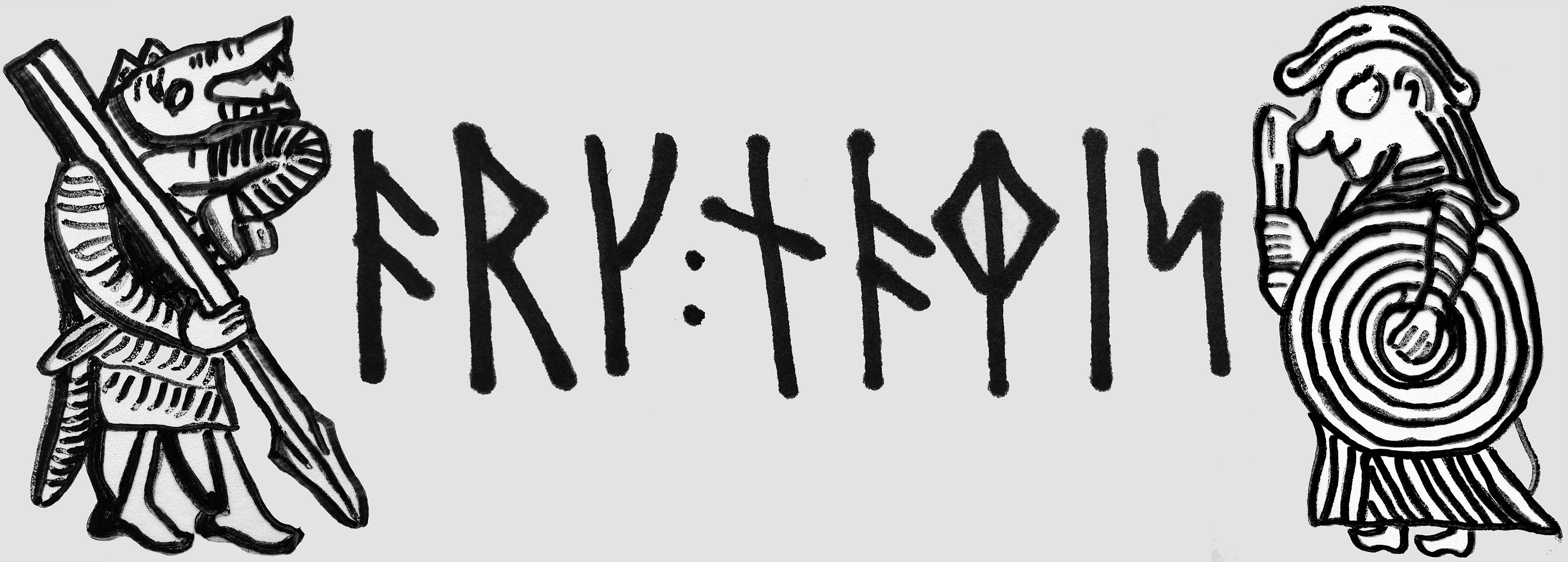The archaeologists’ view on Iron Age personal names

The ArcNames project has given me the rare opportunity to delve deeply into the subject of the oldest Scandinavian personal names. It is a time consuming and difficult sea of information. As I reach its far corners, the wide arrays of themes and issues keep growing. Iron Age personal names touch upon ethnic affiliations, human-animal relations, gender and stereotypes, ideologies and social organisation, religion and mythology.
We may not be able to find out or distinguish between different motivations behind name giving. They were probably multiple and I am not sure whether name givers in the past necessarily thought much about distinctions between analogy and metaphor in our modern sense. However, I do think the choice of words was important.
In fact, it is widely discussed in onomastic research whether any heed at all was paid to the semantic content of the various word elements used in personal names and in many cases, it is thought that the actual meaning of the words was not important or perhaps completely forgotten. It is the prevalent opinion that a name is “just” a label referring to the named individual and detached from the general language and the meaning of the words of which it was originally derived.
Looking at the names from the perspective of archaeology, I am working to dispute that. The general impression that I am beginning to gain is that in a wider scope, the elements that are used in personal names correspond with motifs and concepts that we meet repeatedly in material culture. Thus, I think various word elements in personal names were indeed saturated with meanings and associations – although the names often make little sense from a linguistic semantic-syntactic point of view. Some very popular name elements in time did become so abbreviated and disembodied from the language proper that their original etymologies may have been forgotten – although the elements could still be meaningful for example by association to previous name bearers.
Of course, notions about how names reflect aspects of Iron and Viking Age society are not entirely new, but the discussion tends to take an archaic form and I believe we could gain some ground by setting them into a more contemporary archaeological and interdisciplinary framework.
